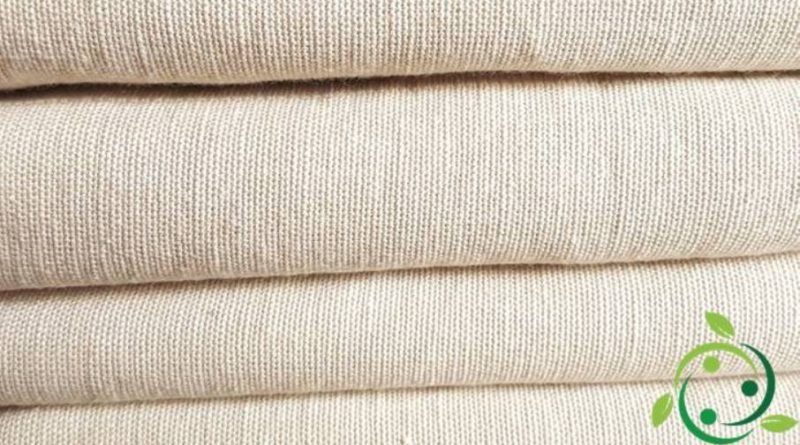Textile plants
Textile plants
Textile plants are that category of plants, not homogeneous systematically, from which, through different processes and treatments, natural textile fibers can be obtained. The natural fibers are therefore drawn from the plant world with natural processes, but without altering the structure. With the advent of the industrial age, these plants have been gradually abandoned or marginalized to be rediscovered in recent times in a concept of new agricultural and circular economy. Textile fibers therefore come from a variety of textile plants and, precisely in a concept of zero emissions and circular economy, they will become increasingly important in the coming period. For this reason textile plants are more precious than ever: they allow us to obtain fibers and structures, each useful and (almost) indispensable for life, the habits and customs of every day. In a world where synthetic fibers had reached very low costs (but high ecological footprint), natural fibers will become increasingly competitive with unattainable characteristics thanks to the very long selection made by man.
Thus, fibers of various kinds are obtained from textile plants; fibers, ropes, strings, etc. and in the face of the most known and widespread linen (gives precious fabrics), hemp (especially for ropes), cotton, there are others of interesting evaluation: the Kenaf, which was introduced in recent years for the production of cellulose because it is very productive in terms of biomass; Jute, used mainly to produce bags; the Ramie (or ramia), which is a quality Indian fiber, similar to silk; the Nettle, used for the production of fiber because at a certain vegetative stage, if harvested and macerated gives a good fiber; the Ginestra, still used in Calabria, after maceration to obtain fiber; sisal, a yarn from Africa and Brazil obtained by working the leaves of an agave.
If we add to these the dyes of natural origin we understand what will be the role of a new vision of agricultural production. In fact, above all natural fibers are dyed with equally natural colors obtained from some plants: rubia (Rubia tinctorum L.) from which a red is obtained; the reseda (Reseda luteola L., 1753) and turmeric (Curcuma longa) giving two shades of yellow; the ford (Isatis tinctoria L.) and the indigo (Indigofera tinctoria L., 1753) which give the blue. For this reason the interest of scientific research has been growing in recent times. In fact, even if the rediscovery and production of natural fibers and “mothers” textile plants is still very limited, however the interest grows and different research programs, such as those promoted by the Tuscany region and the CNR (LaMMA), are evaluating the their reintroduction into the textile industry. To summarize then we see the natural textile fibers and the respective plants from which they are derived:
• Cotone – One of the species (Gossypium herbaceum L.);
• Linen – Common Linen (Linum usitatissimum L., 1753);
• Hemp – Useful hemp (Cannabis sativa L. 1753);
• Fiber – Devil’s cotton (Abroma augustum (L.) L.f. )
• Okra fiber – Okra (Abelmoschus esculentus L.)
• Okra fiber – Abelmosk (Abelmoschus moschatus Medic.)
• Jute – White jute (Corchorus capsularis L.)
• Jute – Molokhia (Corchorus olitorius L.)
• Kenaf – or Bimli, Ambary, Hemp Ambari, Hemp Deccan, and Juta Bimlipatum (Hibiscus cannabinus L. 1753);
• Ramiè – Boehmeria (Boehmeria nivea (L.) Gaudich.);
• Nettle – Nettle (Urtica dioica L., 1753);
• Ginestra – Ginestra (Spartium junceum L.);
• Sisal – Agave (Agave sisalana Perrine ex Engelm.).
Guido Bissanti

